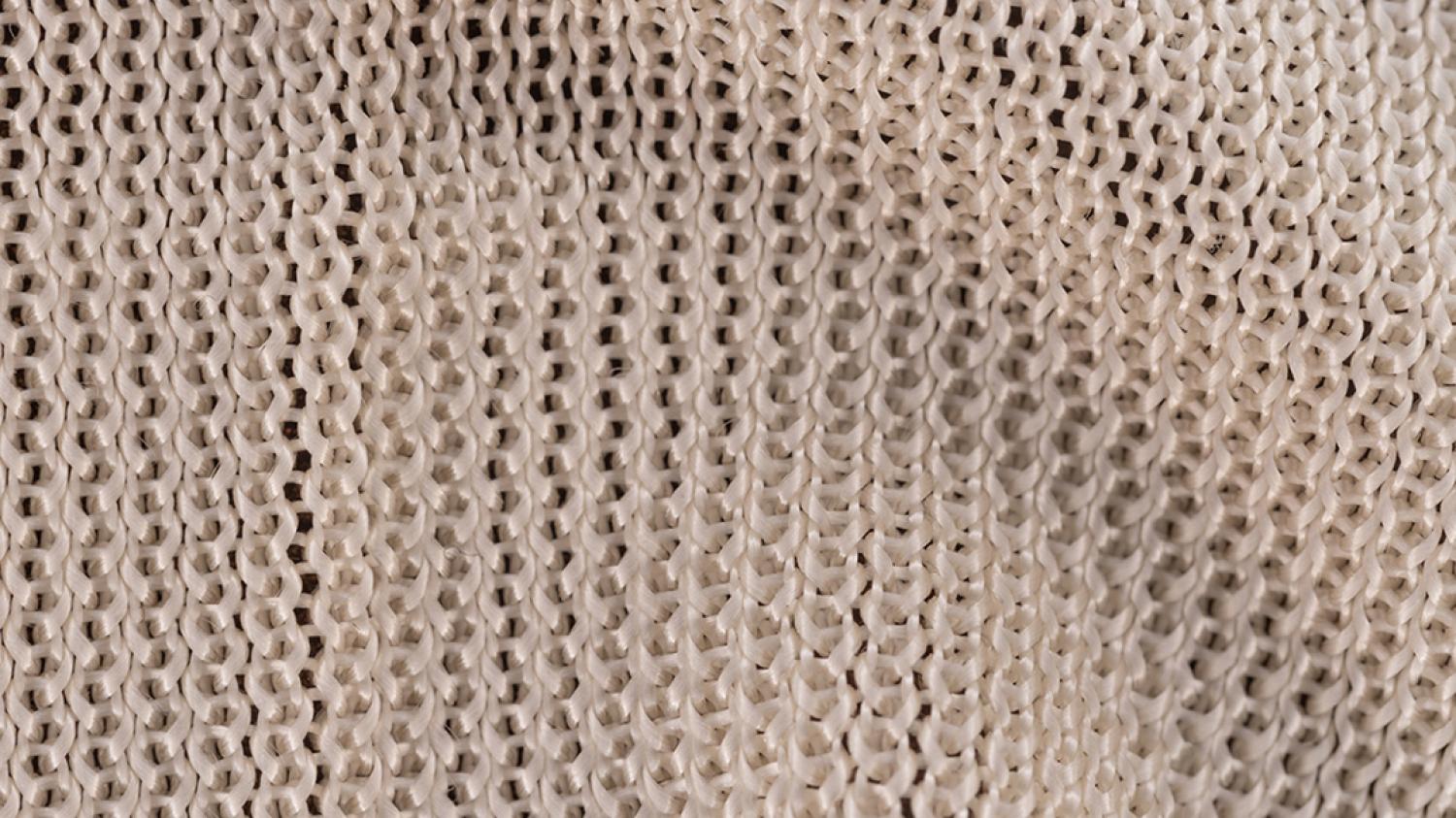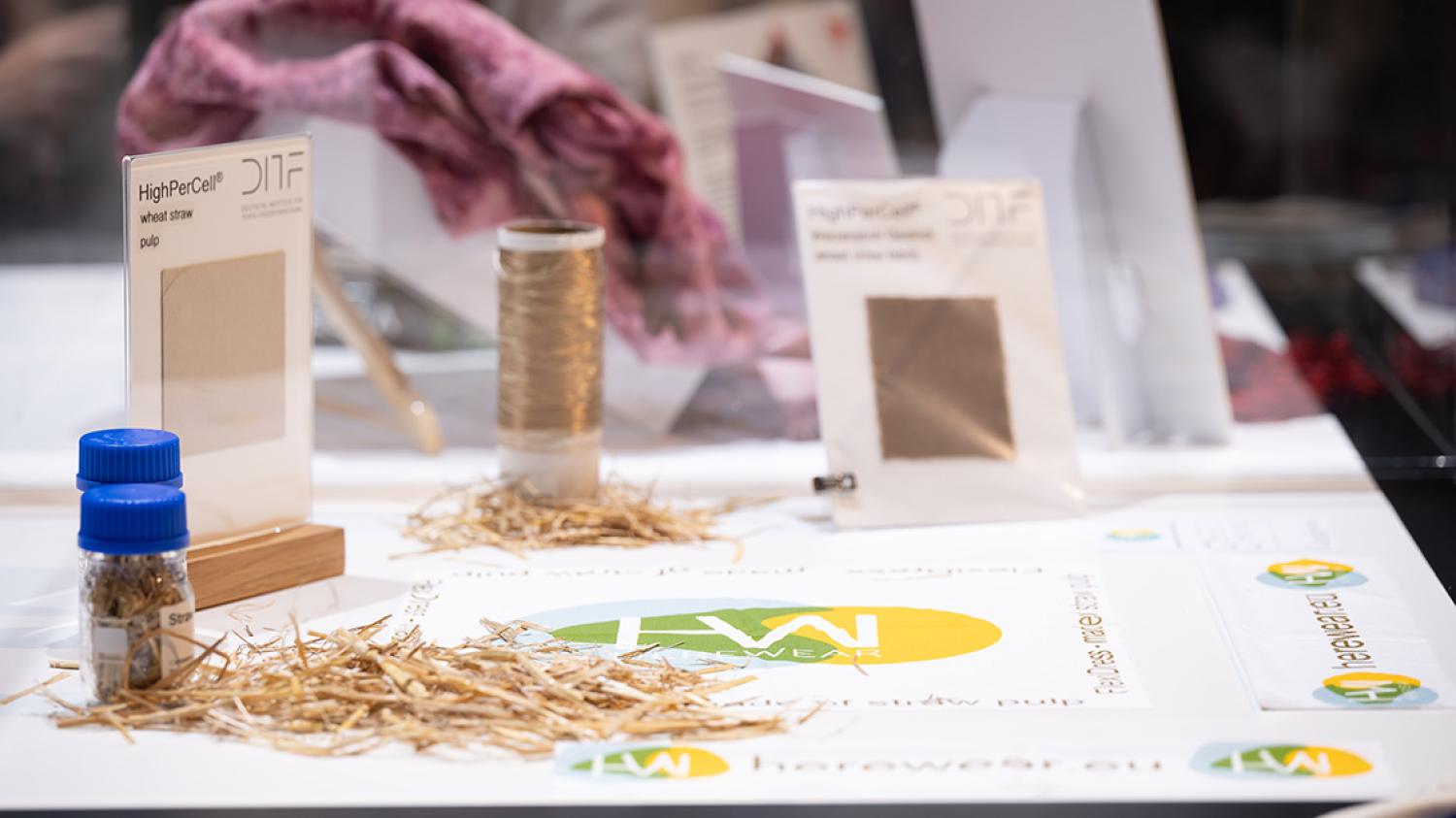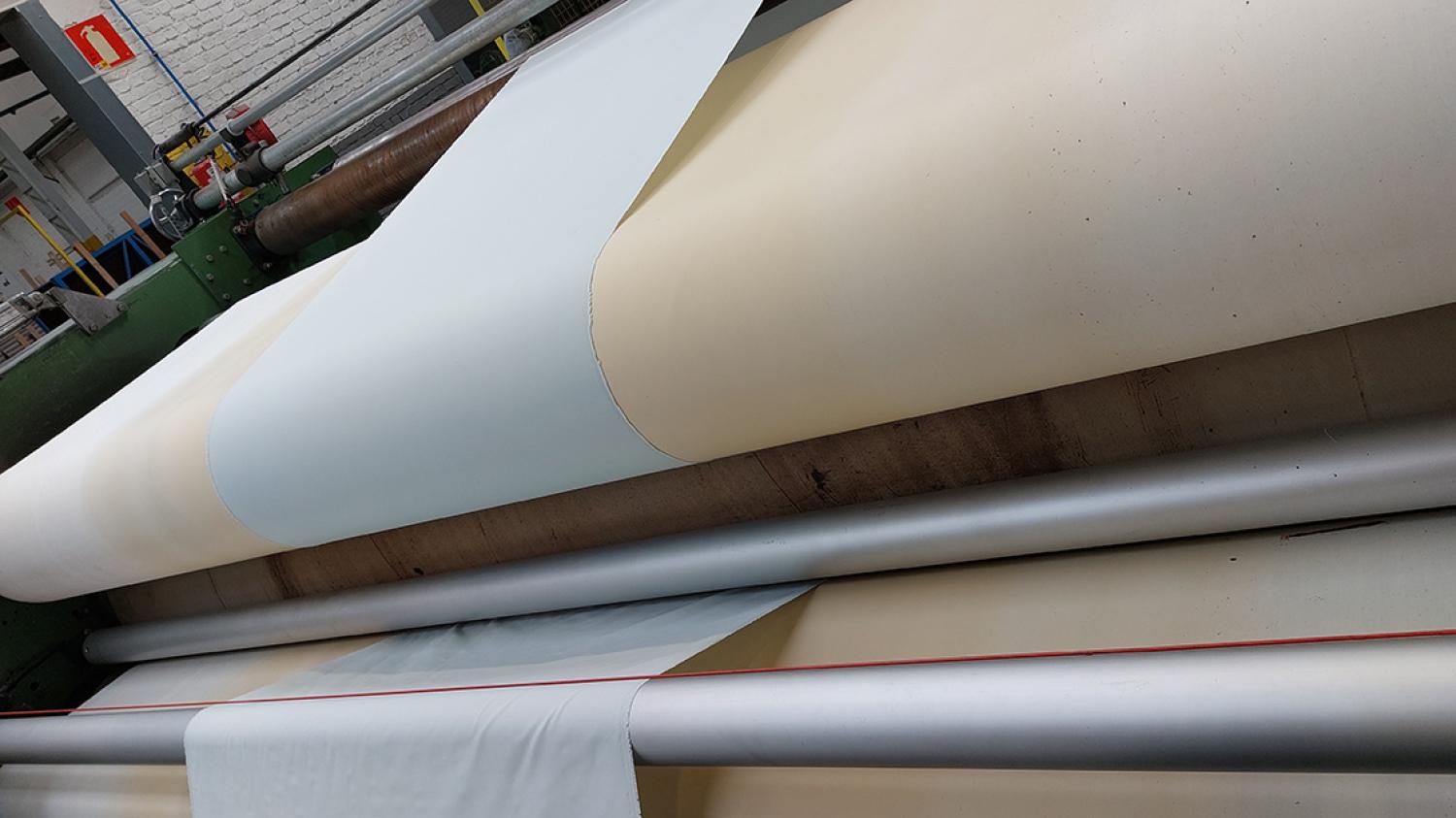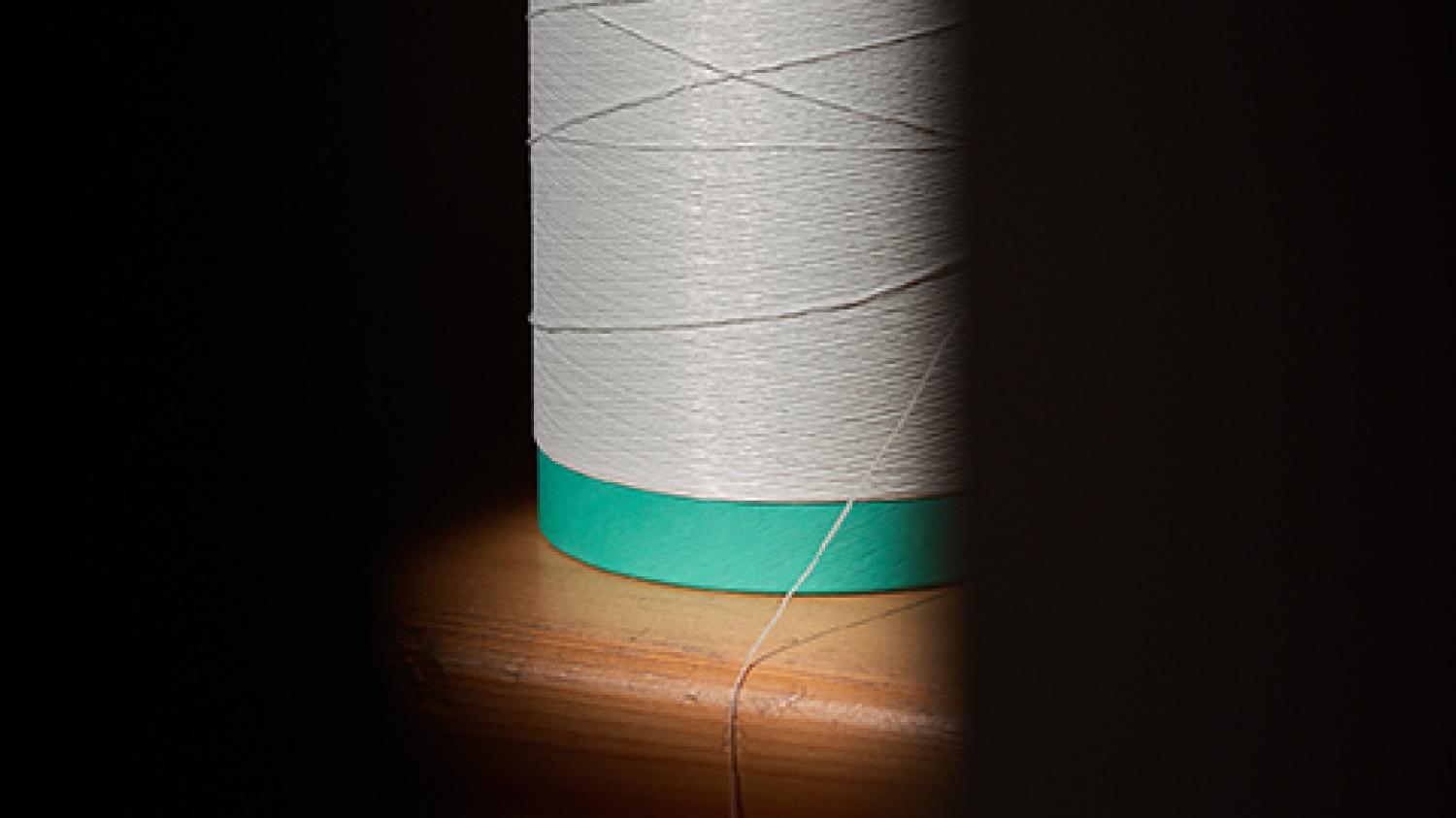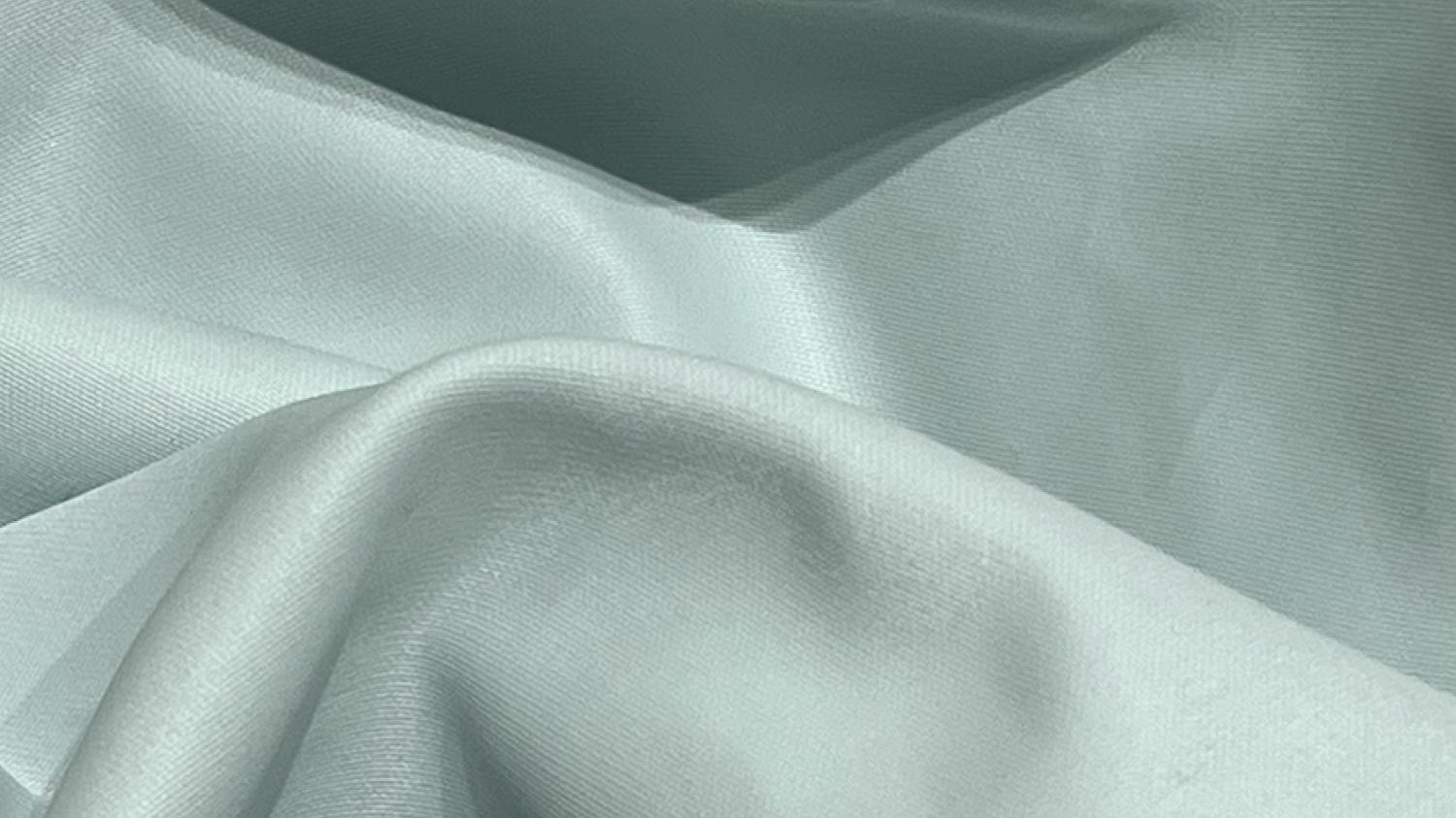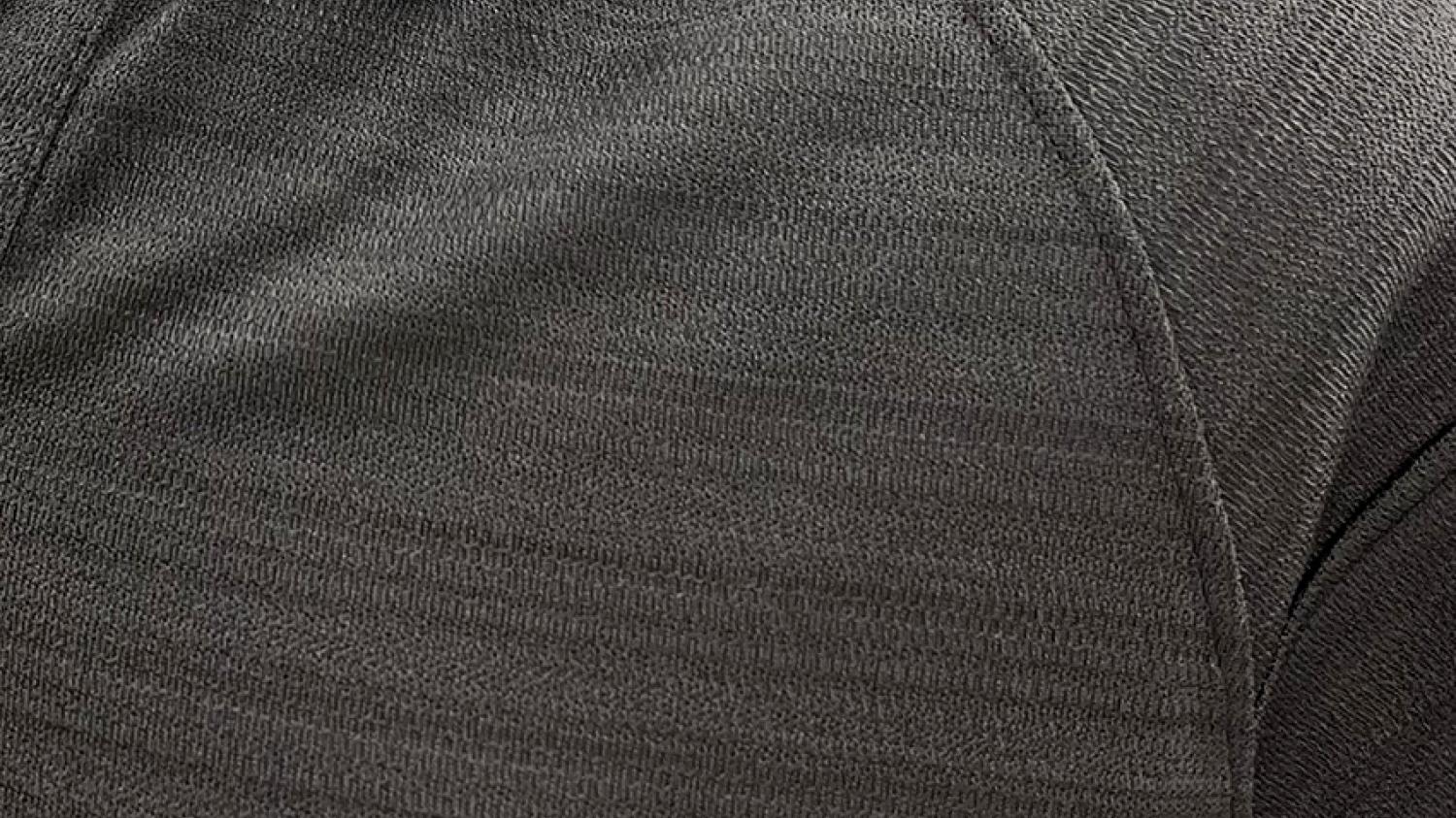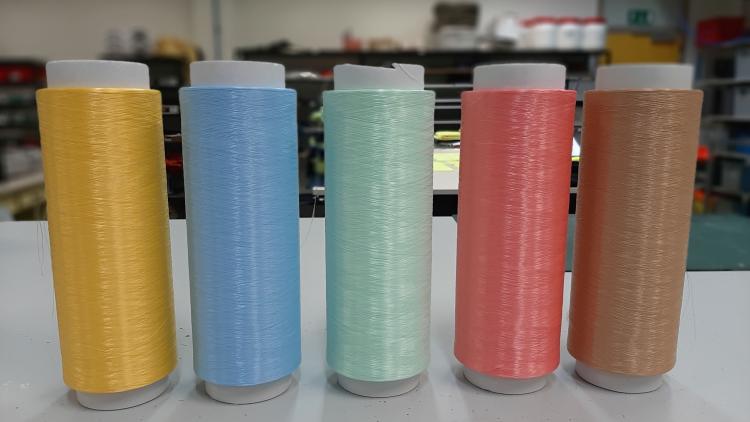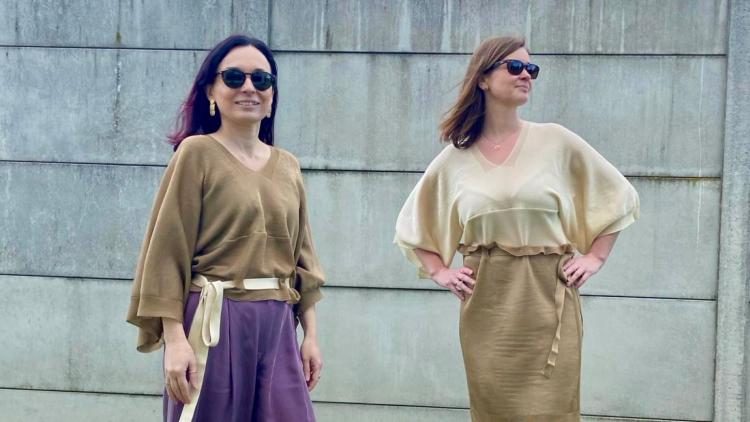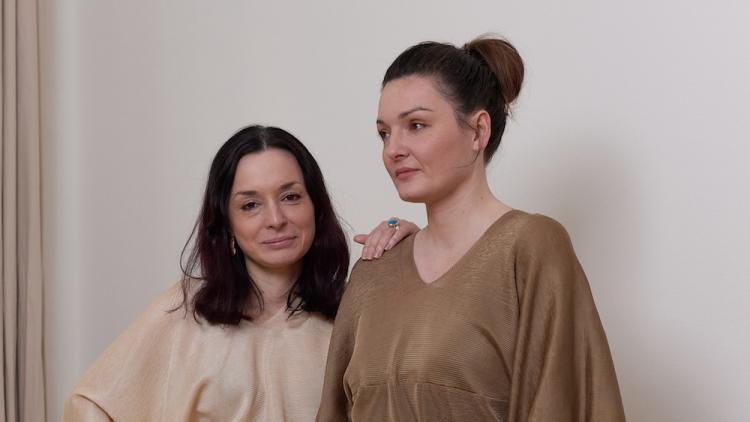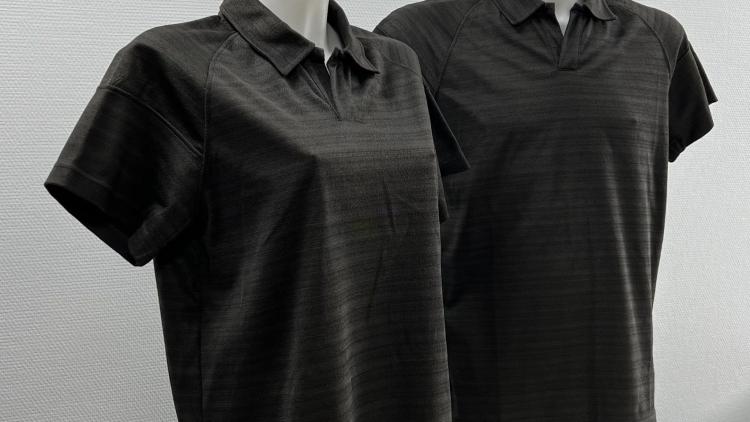Bio-based Textiles
Bio-based textiles can be made using a huge variety of industrial processes and craft techniques to achieve different textile properties. In HEREWEAR we used the fibre technologies developed by our partners, to produce textiles at medium scale suitable for corporate wear (uniforms) and streetwear (fashion).
Every yarn has unique properties which can be subtly altered by a change in raw material, filament-spinning process, additives, yarn-spinning and finishing processes. Bio-based yarns, such as those developed in HEREWEAR, are no different. These yarns have specific properties that need to be taken into consideration when producing textiles. In the HEREWEAR project we created a biopolyester yarn made of PLA blend, and a man-made-cellulosic (MMC) yarn made of wheat straw pulp. We then developed bio-based textiles from these yarns using a variety of productions methods.
In this section you can find out about how to produce knitted and woven fabrics for garments using bio-based multifilament fibres and yarns.
What textile production processes can be used for novel bio-based multifilament?
In HEREWEAR we used the fibre technologies developed by our partners, to produce textiles at medium scale suitable for corporate wear (uniforms) and streetwear (fashion).
We focussed on multifilament yarns, rather than the staple fibres used normally in the garment industry, because filaments are less likely to release microfibres into the environment.
we focused on:
- Knitting with biopolyester multifilament yarns for the corporate wear collection “EthEco” by Mitwill
- Knitting with MMC multifilament yarns (made using HighPerCell technology) for the Flexi Dress, a fashion garment by Vretena
- Weaving with biopolyester multifilaments to make the textile for the Day Shirt, a fashion garment by Vretena.
Why knit and weave bio-based, local and circular textiles?
As challenges increase with sourcing sustainable raw materials for textiles, new approaches are needed for making fibres and the whole textile production process must adapt to these novel yarns. Within the HEREWEAR project we have been able to produce garments out of around 300m2 of biopolyester and wheat straw MMC textiles, using conventional industrial knitting and weaving machinery.
This demonstrates that it is feasible for textiles producers to transition to more sustainable and abundant bio-based, circular and local raw materials.
Take a look at the garments we made from these textiles!
We produced more than 50 garments, using novel raw materials, new and conventional processes for fibres, yarns, fabrics and also garment design. We did not face any significant limitations or draw-backs when cutting and sewing the fabric for the garments. So the biopolyester and MMC yarns have demonstrated their suitability for the transition towards a bio-based local and circular economy. Our three garment ‘use cases’ are linked below.
How do you knit or weave using biopolyester multifilament yarns?
- To make a skin-friendly textile from biopolyester, we found that mixing PLA (currently the least expensive biopolyester) with small quantities of other biopolymers improves the softness of the textile.
- We also found that texturizing the fibres helped with softness and coverage in the finished textile, and was more suitable for the knitting and weaving process.
- For this new biopolyester yarn we found that all processes and handling activities have to be performed carefully, for example with slow speed or low tension.
- The knitting and weaving processes at industrial machines did not require any special setting. However, as usual when developing new fabrics with novel yarns and fibre types, the machinery settings have to be carefully tested and adjusted.
- When weaving, one of the main challenges was in warping with biopolyester multifilament yarn. As knitting does not require a warp the process is easier, and we were able to perform more trials.
- Biopolyester has a lower melting point than conventional polyester, which needs to be taken into consideration during processing, and also necessitates a thermosetting process to stabilise the textile.
- Some technical parameters to take into consideration include: yarn count, multi-plying, texturization (ratio, speed, …), knit pattern, density, tenacity, yarn feeding, yarn tension, processing temperatures, combination of S and Z (false) twists, warp and weft yarn density, and speed.
- During the project we did not run the processes with full speed, due to development challenges, but during upscaling efficiency can be improved significantly.
- In the future we expect the same speed and quality as with today’s industrial fabric making processes.
How do you knit using man-made cellulosic multifilament yarns?
Ordinarily during knitting, yarns suffer intensive forces like bending, compression, elongation and friction that could lead to frequent yarn breakage. Therefore, we undertook more than 30 test variations in raw material (wood, straw), pulping, bleaching, wet extrusion, twisting and knitting, as well as in design and development of the desired fabric properties.
Overall, the trials enabled us to demonstrate that the MMC yarns made using HighPerCell technology are suitable for garment knitting using conventional machinery.
As with the development and processing of the biopolyester textiles, the MMC multifilament yarns needed to be handled with care, and the knitting processes adapted accordingly, for example with low tension and slower speeds. And also here in the upscaling phase we could achieve a significant better knitting process, and we expect a smooth transition to industrial process conditions.

